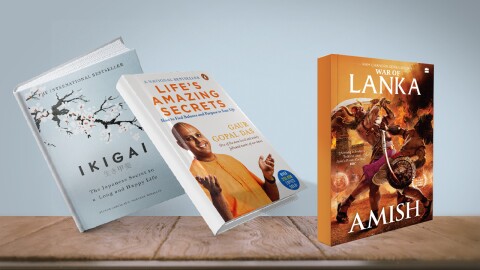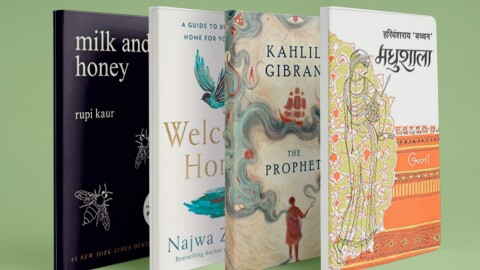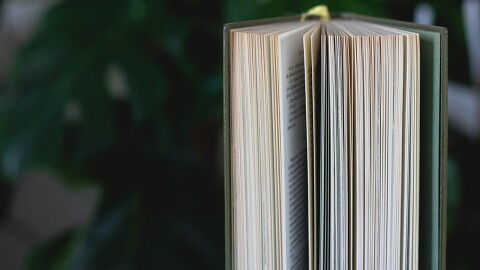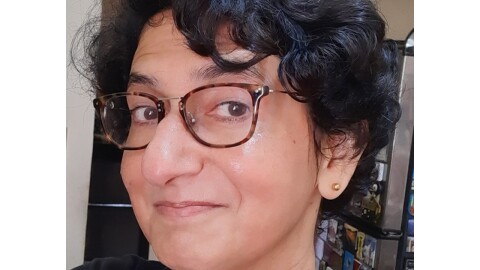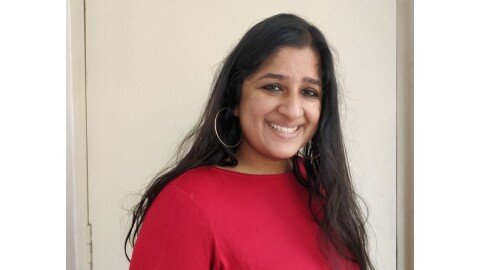Tara’s love for Baali, Sugreeva’s lust for Tara, Baali’s love for his people, and Chemba’s love for his master will haunt all of you as much as they haunt me. One of the greatest scenes in literature is the Kiskinda Khanda of Valmiki’s Ramayana. Tara and Sugreeva are devastated by Baali’s death; Sugreeva, observing Tara’s anguish, is moved to tears. With unsteady steps, Sugreeva goes to Rama and collapses on his knees before him. Rama is still standing with his arrow drawn taut in his bow. Sugreeva laments and says to Rama, ‘My race of Vanara is half dead for Baali has been killed. See his son Angada’s sorrow. See the grief in each Vanara’s eyes. Oh, where can I get a brother like Baali. Such as I am, I wish to enter a highly blazing fire seeking amity with my departed brother. These valiant Vanaras will join your search for Sita, duly conducting themselves under your control. Allow me to die.’
Hearing Sugreeva’s lament, Rama’s eyes moisten and he proceeds towards Tara. Tara is lying limp on Baali’s body. When she sees Rama, she wakes up and reaches him before he can reach Baali. Seeing the bow and arrow in Rama’s hands, she starts praising him. She calls him selfless for he had not killed Baali for his personal gain. She says she is sure he will hand over Kishkinda to Sugreeva. She says to Rama that he is an indeterminable one, an inaccessible one, one who has conquered himself, the supreme among righteous souls, that his glory is unmitigated, and he is the one with clear discrimination, that he has an earth like endurance and his eyes are blood streaked.
I have seen Tara’s sorrow performed in stage art forms by traditional artists and each time I saw them, I felt proud of our great story-telling traditions.
Many commentaries of the Ramayana, like that of the famed Sri Govindaraja, go to great lengths to explain this as Tara’s wisdom in seeing Rama as the supreme soul. However, evidently, Bhakti era commentators and poets were uneasy when they encountered the biting sarcasm in Tara’s words. For me, without baggage of Bhakti or devotion, the words that the great poet Valmiki put in Tara’s mouth are bitter sarcasm that comes out of grief. The next shloka proves that Tara had not suddenly realized the divinity of Rama to start singing praises of him. She had lost her beloved husband to a sly arrow shot.
Tara says to Rama, ‘O brave one, now kill me with the same arrow you used to kill my Baali.’ The choice of words is interesting; she is calling Rama the brave one. Tara’s character is coming alive in these moments - her love for Baali, her fears, her courage to speak her mind, her sarcasm, and her defiance. Reading such strong female characters in our ancient literature gives me goosebumps. As a writer, these are ‘eureka’ moments that we encounter while reading. I have seen Tara’s sorrow performed in stage art forms by traditional artists and each time I saw them, I felt proud of our great story-telling traditions.
Tara continues, ‘Oh Rama, just as you are pining for your Sita and not at peace even in the pristine Rishyamooka valley, my Baali would not be happy in heaven, even with the presence of Apsaras. He would be yearning for my presence. If you don’t kill me, you will be doing me injustice. Send me to him with the same arrow.’
She continues to lament, peppering her talks with words like ‘exalted soul’, ‘the epitome of dharma’, etc while addressing Rama. Rama consoles her by saying everything is predetermined and it is all fate. He assures Tara that Angada will be the crown prince of Kishkinda and that she will be protected.
In medieval commentaries, it is said that Tara is pacified by the wisdom of Rama. However, the next Sholakas of chapter 25 contradict this view. This chapter deals with the funeral of Baali. Tara once again is inconsolable and so is Sugreeva who wants to jump into the funeral pyre. The entire city of Kishkinda wails for its departed hero.
One gets dazzled by Ravana and Rama, but Baali slowly grows on you.
I accidentally stumbled upon the potential of this drama but it was eminent as Ramayana has many strong characters and dramatic movements. The protagonist and the antagonists are so strongly built that it is easy to ignore the almost forgotten hero, Baali. One gets dazzled by Ravana and Rama, but Baali slowly grows on you.
Even as I was writing Asura, I was obsessed with Ravana’s world and Baali was only an interesting character. Ravana’s world is masculine, full of vigour, anger and virility. It is a rebel world and I was attracted to it at first. Rama’s world is that of righteousness and self-imposed morals. It is genderless and idealistic. The world of Kishkinda is feminine and natural. It has raw beauty. It is a poetic world, one which revolves around Tara and the two men who loved her. This is a love story worth telling. It is the story of the people who are often ignored, except for Hanuman, in the great epic.
My attempt is to bring these glorious chapters of Ramayana to the modern readers and retell the story of another vanquished hero and his kin. I have written Ramayana from Ravan’s point of view in my first novel, Asura, from Sita’s point of view in my television series, Siya Ke Ram, and from Hanuman’s point of view in my television series, Mahabali Hanuman. I thoroughly loved writing about Duryodhana, Karna, Ekalvya, Jara and Aswathamma in my Ajaya series. But, I had the greatest pleasure writing about Tara of all my characters. As Valimiki says, she is the most beautiful and the wisest. Not to forget Chemba, the wolf, who is another one of my favourite characters and I hope you would love him as much as he loved Baali.
Writing a good romantic story is a great challenge. I have attempted to write a love story in my style. I hope Tara’s love for Baali, Sugreeva’s lust for Tara, Baali’s love for his people, and Chemba’s love for his master will haunt all of you as much as they haunt me.




